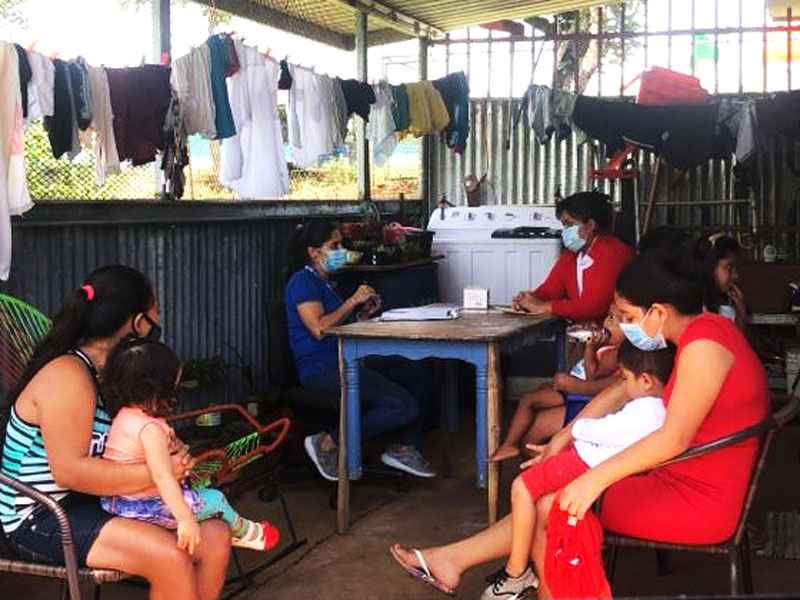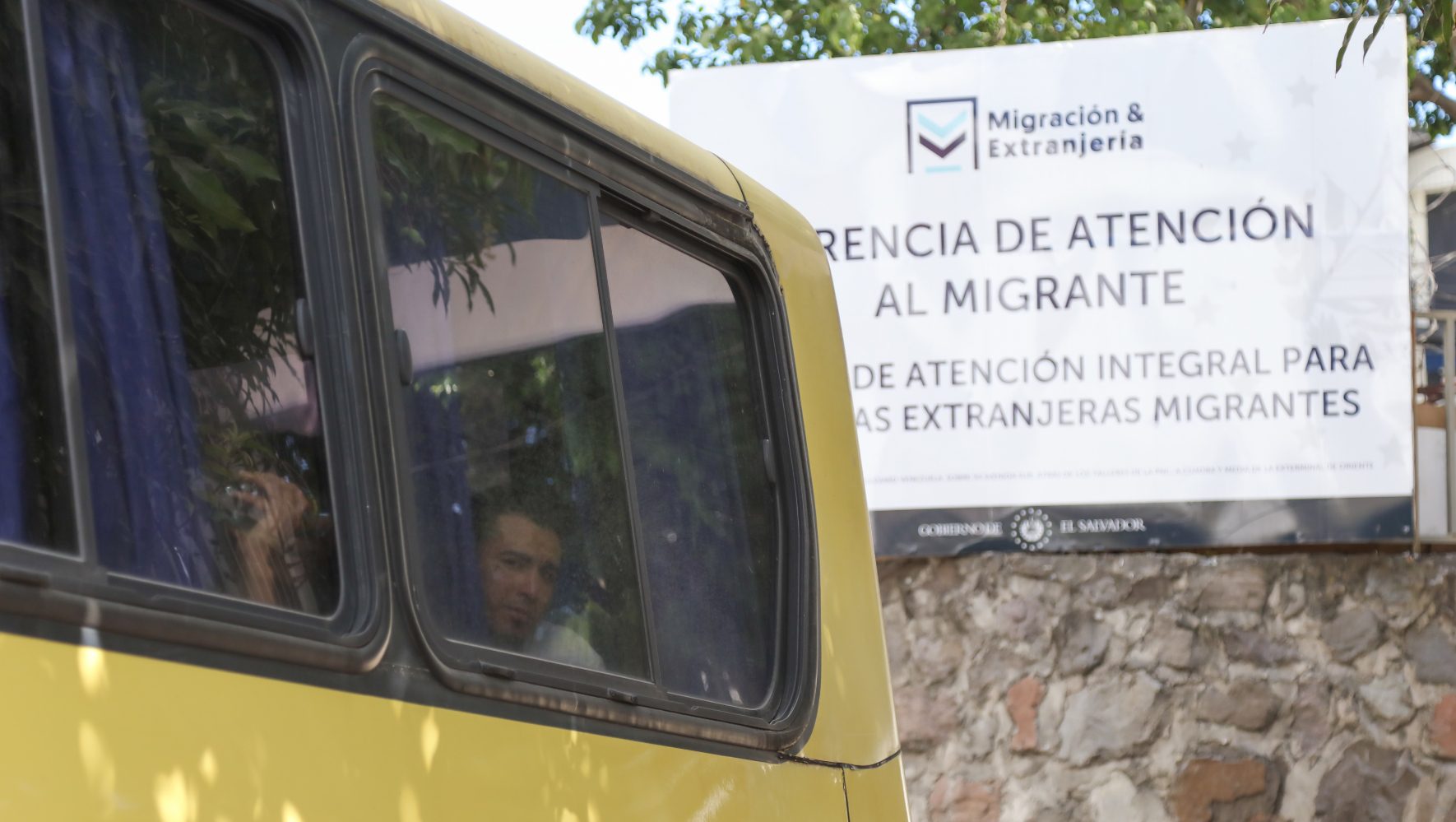Nicaraguan Asylum Seekers Keep Heading to Costa Rica
By Sharon Samber, HIAS.org
Jun 03, 2022

HIAS Costa Rica attorneys provide advice on the refugee application process and access to rights for refugees in San Jose, February, 2021.
(Anthony Sánchez for HIAS Costa Rica)
A situation that remains ignored is still a situation.
The number of Nicaraguan refugees and asylum seekers fleeing to neighboring Costa Rica to escape persecution and human rights abuses has now reached 150,000, according to the latest figures from UNHCR. That means more Nicaraguans have sought protection in Costa Rica since 2018 than people fleeing Central America’s civil wars in the 1980s, as political turmoil continues to drive large-scale displacement.
And yet, the public and politicians seem unwilling to pay significant attention to the situation.
For several years, the number of asylum applications in Costa Rica has increased dramatically, with a significant peak in 2021. That same year, the number of applications from Nicaraguans in Costa Rica returned to pre-pandemic levels of an average of 4,400 per month.
“Right now 80 percent of refugee applicants in Costa Rica are Nicaraguans,” explains HIAS Costa Rica’s Country Director Gabriela Nuñez, and their situation is not an easy one.
“These people must wait between three and four years to receive a response on the recognition of their refugee status, which has a direct impact on their possibilities of integrating into the country,” she said.
Nuñez said more programs focused on legal advice, socioeconomic integration, and prevention of gender violence, like the ones HIAS provide, are needed. She added that it’s even more crucial to develop efficient programs to reduce the risks faced by refugees, given slow economic recovery following the pandemic. On the border, HIAS provides know-your-rights information and trains border authorities on refugee rights and protection. HIAS also provides humanitarian assistance, cash-based interventions, health and hygiene items, and food.
Throughout the COVID-19 pandemic, the government of Costa Rica has kept its borders open for those seeking international protection, but the country’s immigration authority has a bureaucratic backlog and there are long wait times for obtaining refugee and asylum status. Thousands of Nicaraguans are in limbo as they await status, which is required to obtain employment authorization. In addition, professional credentials from outside Costa Rica are not recognized, and there is no mechanism to allow doctors, lawyers, and other professionals to work in their professions in Costa Rica.
Since the political turmoil in Nicaragua in April 2018, tens of thousands of people have had to flee violence and human rights violations, and therefore large-scale displacement has continued to be a major concern. President Daniel Ortega claimed victory for the fifth time after elections in November 2021, but many governments around the world condemned the process and challenged the legitimacy of the vote. The unrest leading up to the election had some feeling that Ortega will never leave, which likely contributed to more people seeking asylum in Costa Rica.
While the situation is not exactly a new one, it is just not covered much by the media, said Ignasi Calbo, HIAS’ Deputy Regional Director for Latin American and Caribbean Programs.
“It’s a neglected crisis,” he said.


